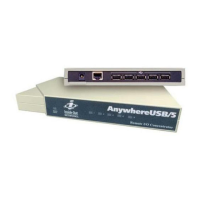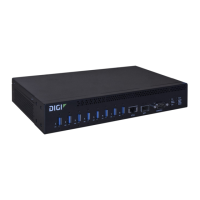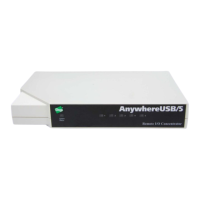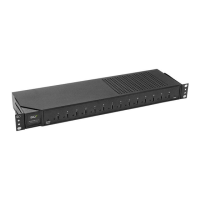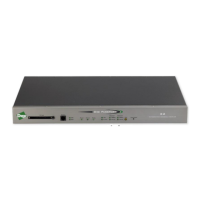Firewall Configure Quality of Service options
AnywhereUSB® Plus User Guide
391
Command line
1. Log into the AnywhereUSB Plus command line as a user with full Admin access rights.
Depending on your device configuration, you may be presented with an Access selection
menu. Type admin to access the Admin CLI.
2. At the command line, type config to enter configuration mode:
> config
(config)>
3. Enable custom firewall rules:
(config)> firewall custom enable true
(config)>
4. (Optional) Instruct the device to override all preconfigured firewall behavior and rely solely on
the custom firewall rules:
(config)> firewall custom override true
(config)>
5. Set the shell command that will execute the custom firewall rules script:
(config)> firewall custom rules "shell-command"
(config)>
6. Save the configuration and apply the change:
(config)> save
Configuration saved.
>
7. Type exit to exit the Admin CLI.
Depending on your device configuration, you may be presented with an Access selection
menu. Type quit to disconnect from the device.
Configure Quality of Service options
Quality of Service (QoS) options allow you to manage the traffic performance of various services, such
as Voice over IP (VoIP), cloud computing, traffic shaping, traffic prioritizing, and bandwidth allocation.
When configuring QOS, you can only control the queue for outgoing packets on each interface (egress
packets), not what is received on the interface (packet ingress).
A QoS binding contains the policies and rules that apply to packets exiting the AnywhereUSB Plus
device on the binding's interface. By default, the AnywhereUSB Plus device has two preconfigured
QoS bindings, Outbound and Inbound. These bindings are an example configuration designed for a
typical VoIP site:
n
Outbound provides an example of matching packets as they are routed from the device onto
the WAN interface.
n
Inbound provides an example of matching packets as they are routed from the device onto a
LAN interface.
These example bindings are disabled by default.
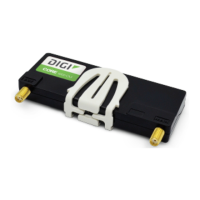
